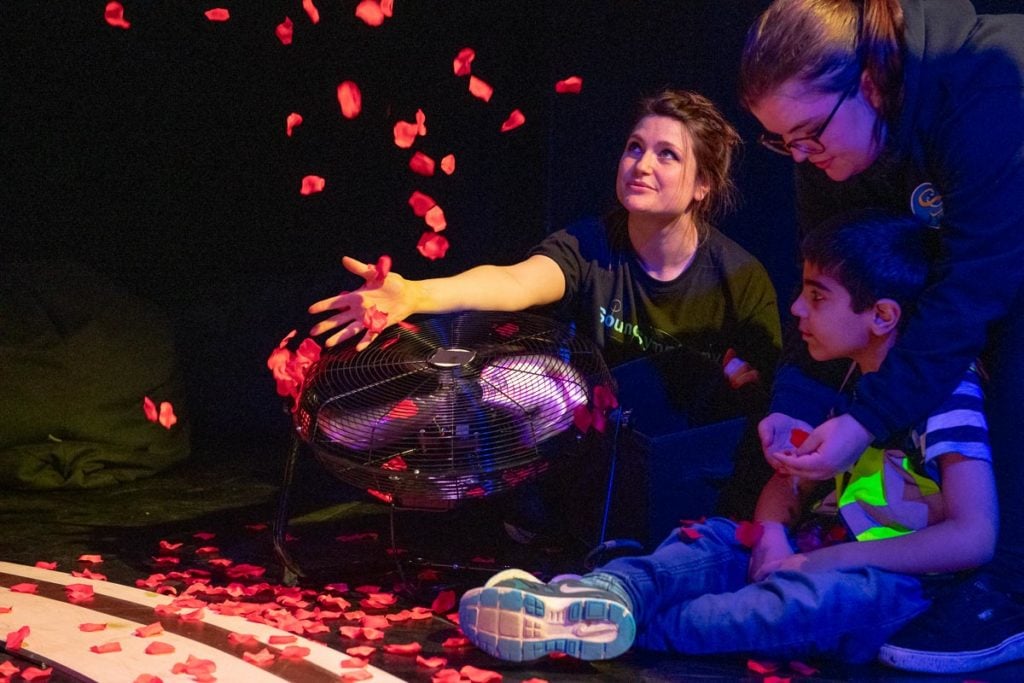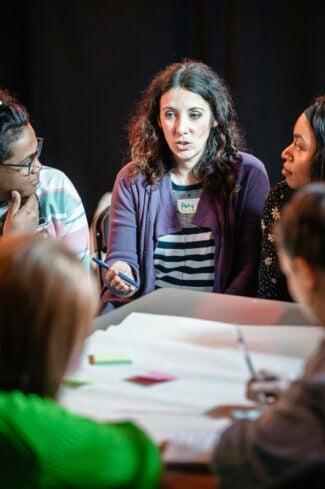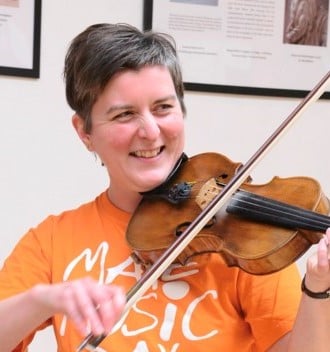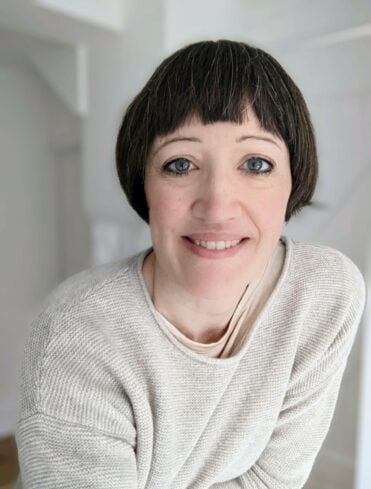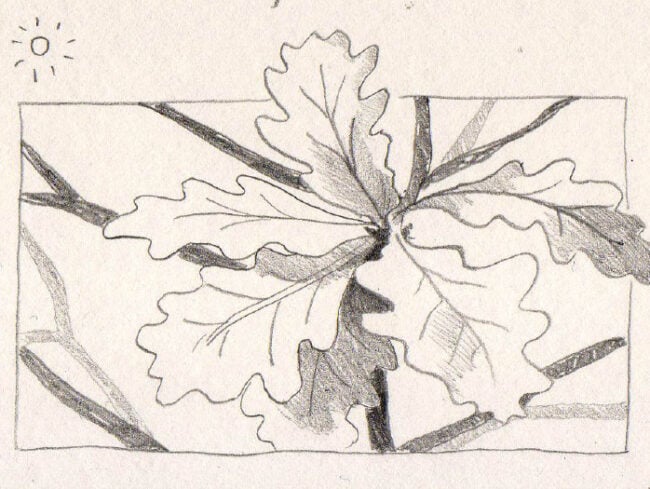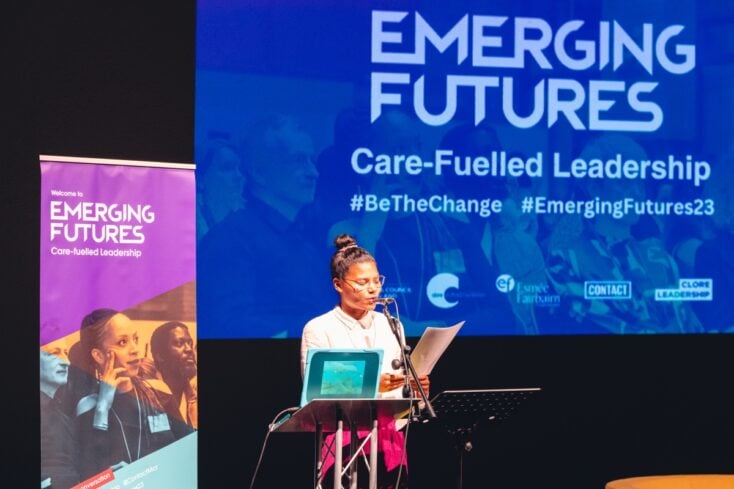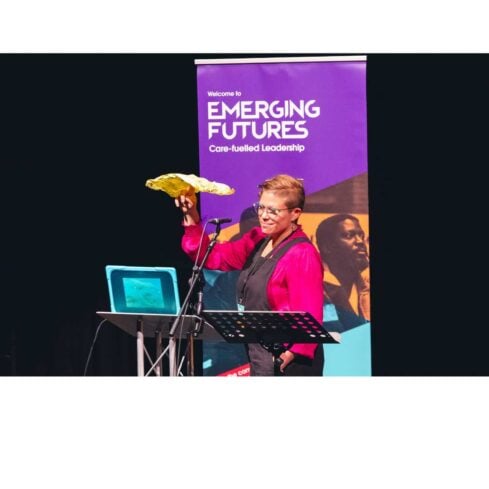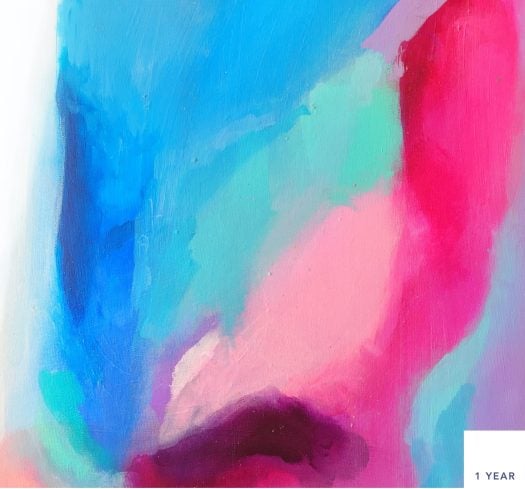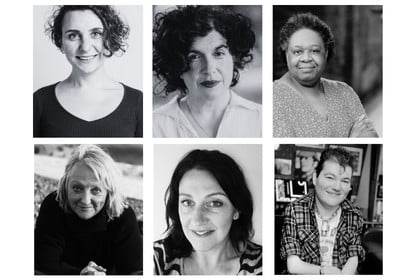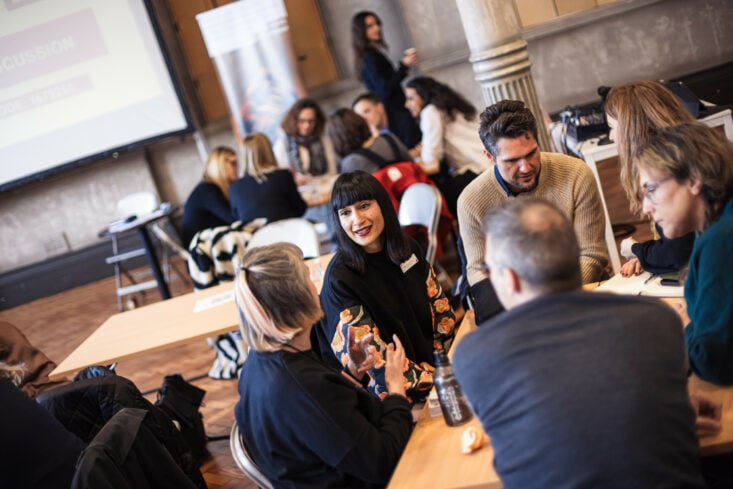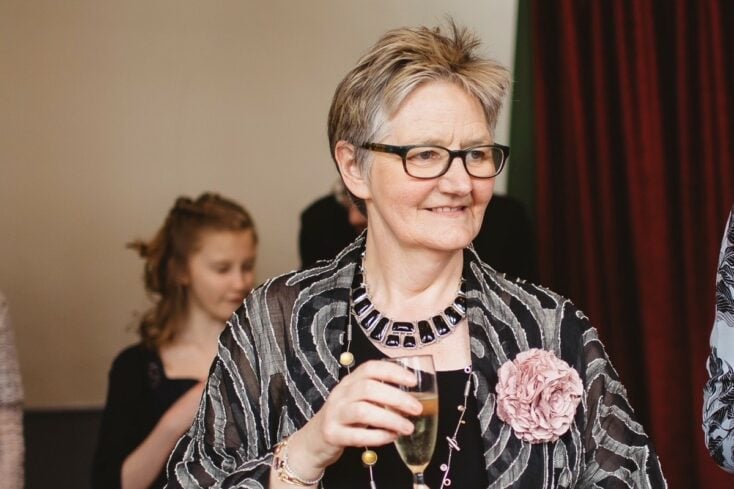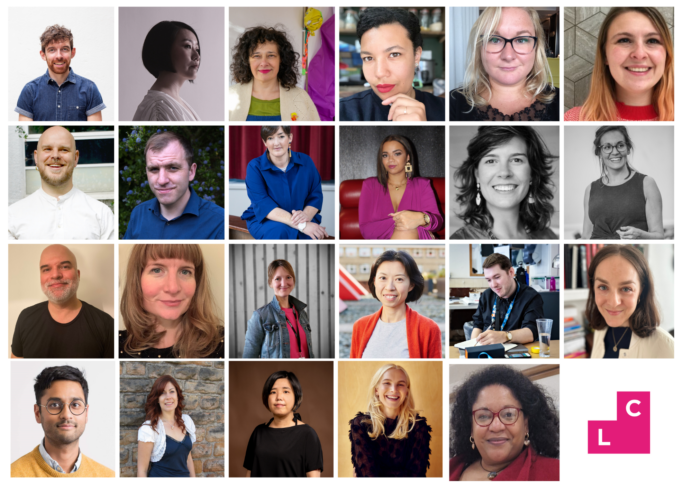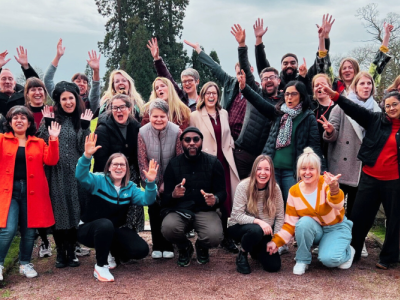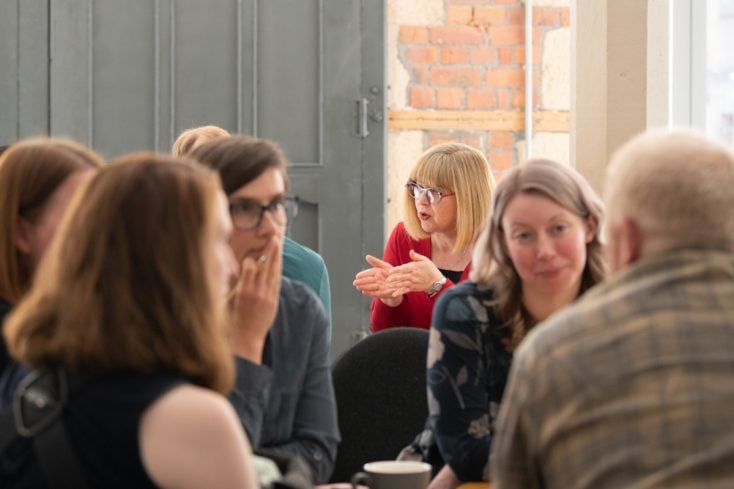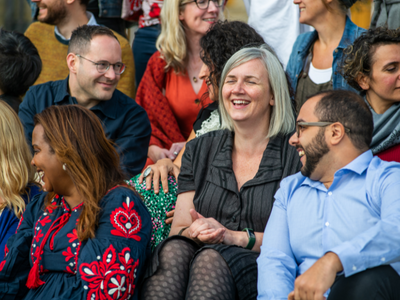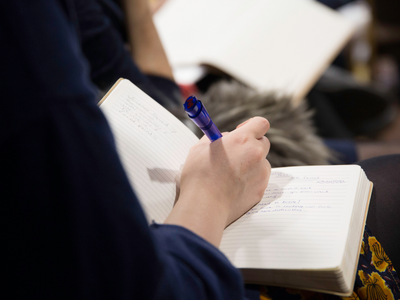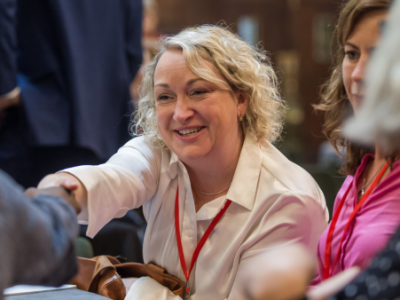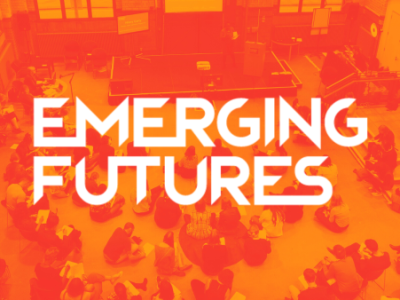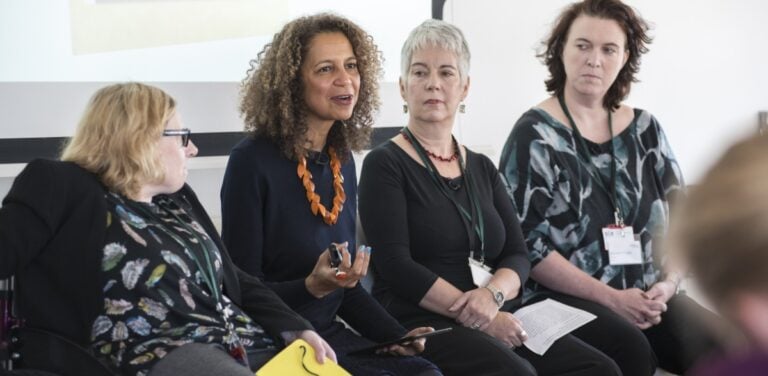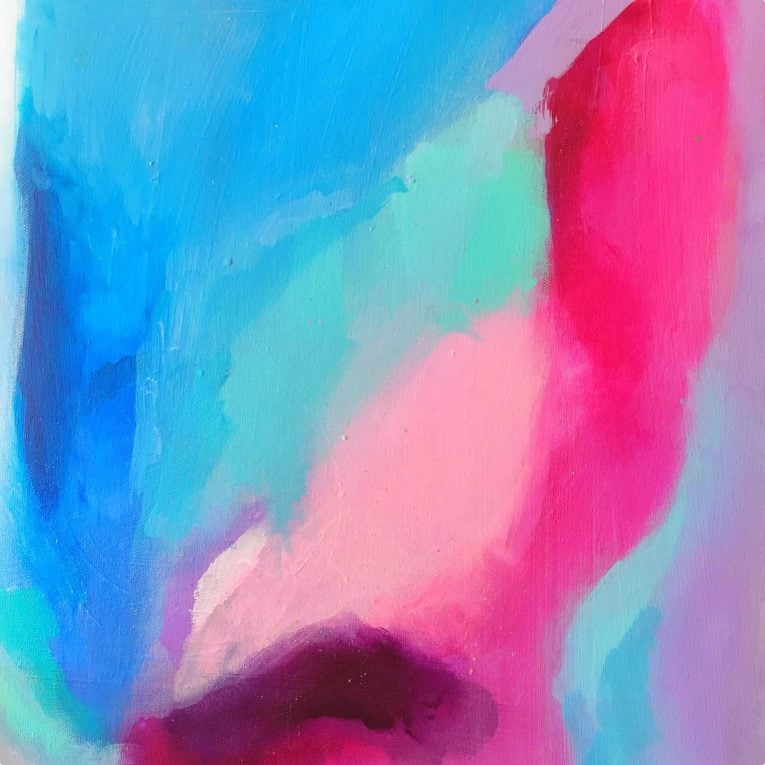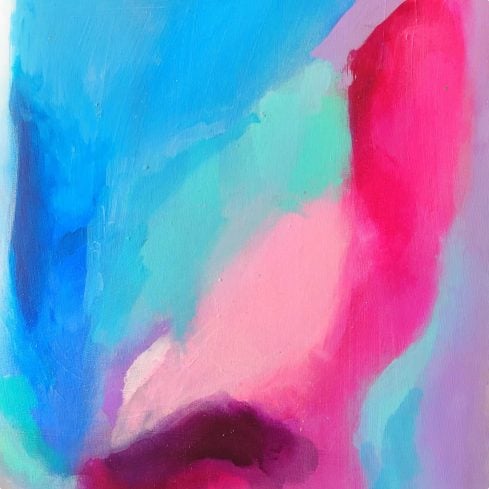Re-shaping Advocacy
Intro:
I’d like to acknowledge my position as a neurodivergent, non-disabled, white leader of an arts organisation. I’m aware this perspective permeates everything I write.
In this piece I question what can be gleaned from sensory methodology, which has been developed over decades of being with disabled children to expand our definition of advocacy so it never becomes simply speaking on behalf of.
Love your unresolve-ables
My experience of leading Oily Cart has been a bit like repeatedly tripping up in ethical tangles. It can be hard to talk about the tricky bits… the minute you bring them up, people look uncomfortable. There’s a seductive comfort in sticking with the positive. Yet without facing up to the gnarly tangles, especially the ones you may not be able to resolve, and especially where you are part of the problem, there’s no possibility for progress.
Someone once reflected that working with me was like chipping away at the floor you’re standing on to see what’s underneath. This attitude causes problems for a planning team who need definites and funders who want good news stories.
Making space for the ‘unresolveds’ can be counter-intuitive.
Through the Inclusive Cultures programme, and the wise minds I’ve encountered, I have noticed a shift towards honouring the tangles, without experiencing them as a threat. I have a hunch that being wildly curious about our grey areas could push towards something more nuanced and ultimately better, even if beyond the scope of our individual careers. I’m trying to now stand amongst the tangles, and breathe…
The tangle of advocacy…
One such area that remains forever tangled in my mind is ‘Advocacy.’ This is because it’s complicated, maybe even unresolvable.
(breathe…)
Sensory theatre itself is arguably activism. By making shows primarily for audiences who have the most barriers to access, we advocate for their right to culture. This movement has historically been led by white, non-disabled people, advocating for the needs of a community they are not part of. Although progress is slowly being made, this dominance remains true in the sector today…which doesn’t feel comfortable, and certainly not resolved.
(breathe…)
You may enter as an artist, but by making work for this audience you are instantly placed as ‘specialist’, ‘advocate’, and ‘expert’. An artist is not an expert. An expert works in definites. An artist plays, risks, fails, creates, intuits. They never know anything, and that’s important. Questions are important to me. Not answers. By being an expert advocate – I unintentionally place myself in the centre. And that doesn’t feel like real inclusion.
On the flip side…
Traditionally activism is tied up in action, so instantly the people we work with (many of whom have limited movement) become excluded. Even advocacy spaces that are made accessible, like the Inclusive Cultures programme, are highly verbal, and often academic. Language becomes a central point of activism, so for non-speaking people there is a clear access cut off, especially those who are cognitively disabled.
This has made me question how the community Oily Cart works with could shape advocacy?
Sensory advocacy?
I am curious if Oily Cart’s sensory methodology, highlighted in our ‘Being With’ report, could push us towards ‘unspectacular belonging’: (Being present without being witnessed.’) rather than unintentionally slipping into performative allyship. Could it offer ways of tuning into influence and impact, rather than assuming the words that people want spoken on their behalf? This links to educational researchers Simmons and Watson’s assertion that ‘voice’ is not the same as ‘linguistic competence’. I can recognise this sort of relational advocacy. For example, from being with Oily Cart’s community of young disabled artists who have the most barriers to access, I have become aware of:
- The importance of embodied spaces. Spaces that breathe, that respond. Spaces that are grounding.
- That talking is not always the best way to a resolution. That thinking can stop thoughts.
- To breathe. No really, just breathe.
- The value in attending to the sensory environment, with care built into every texture, every detail.
- That processing breaks are necessary.
- To slow down. Leave space for the less obvious connections to be made, before jumping to the most visible and obvious.
These influences are the tip of the iceberg of what is there to be absorbed and interpreted. Maybe this is where the artist comes in?
The role of the artist
As an artist (not an expert advocate), I can lightly claim my role in sparking from and imagining into these influences. Crucially, no creative interpretation of them will look, taste, or feel quite the same. With embodied sensitivity, we have the possibility of responding to the vague and unresolved brief of ‘how does this person influence this space?’ In this way, the artists role becomes less about being an advocate…but more of a conduit?
Summary
Inclusive Cultures helped me to see the potential to stop focusing on the tangles in such a rigid, tense, intellectualised way. Sensory practice and being with has much to teach me about breathing into the tricky bits and slowing down. If we listen (with all our senses) most to the people who speak the least, I am genuinely curious where it will lead us…
